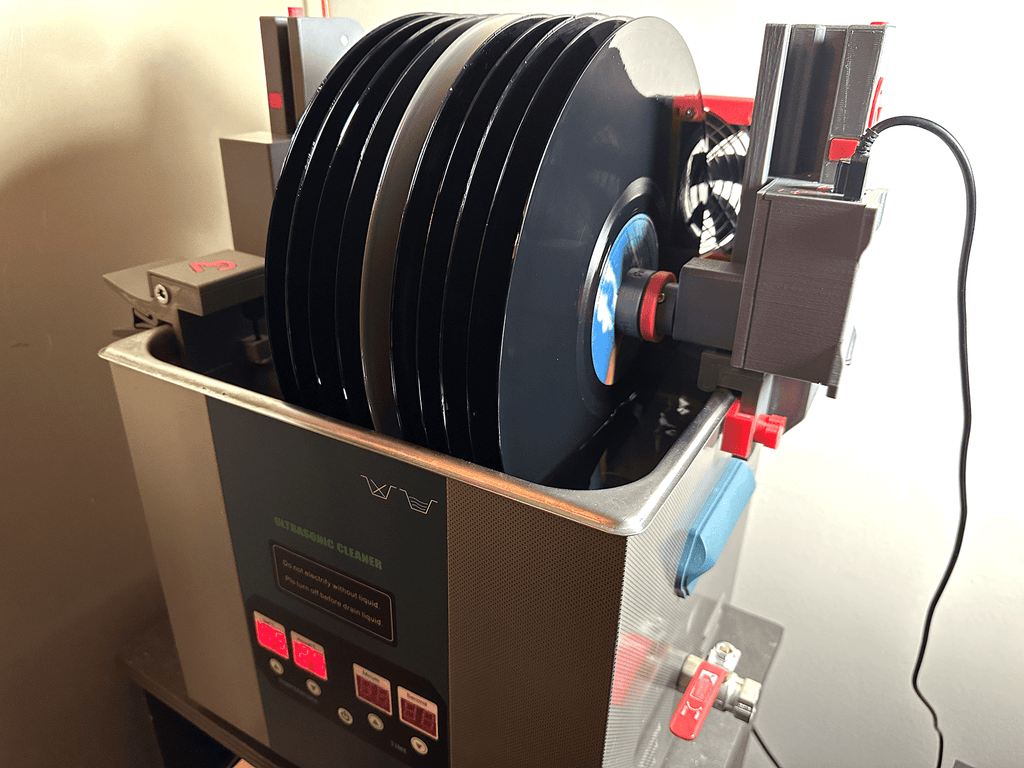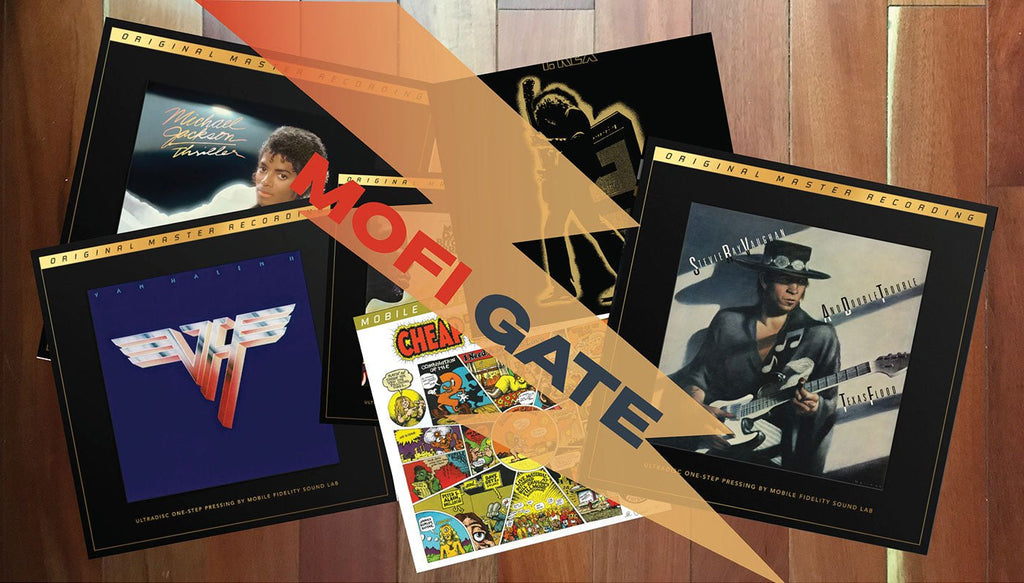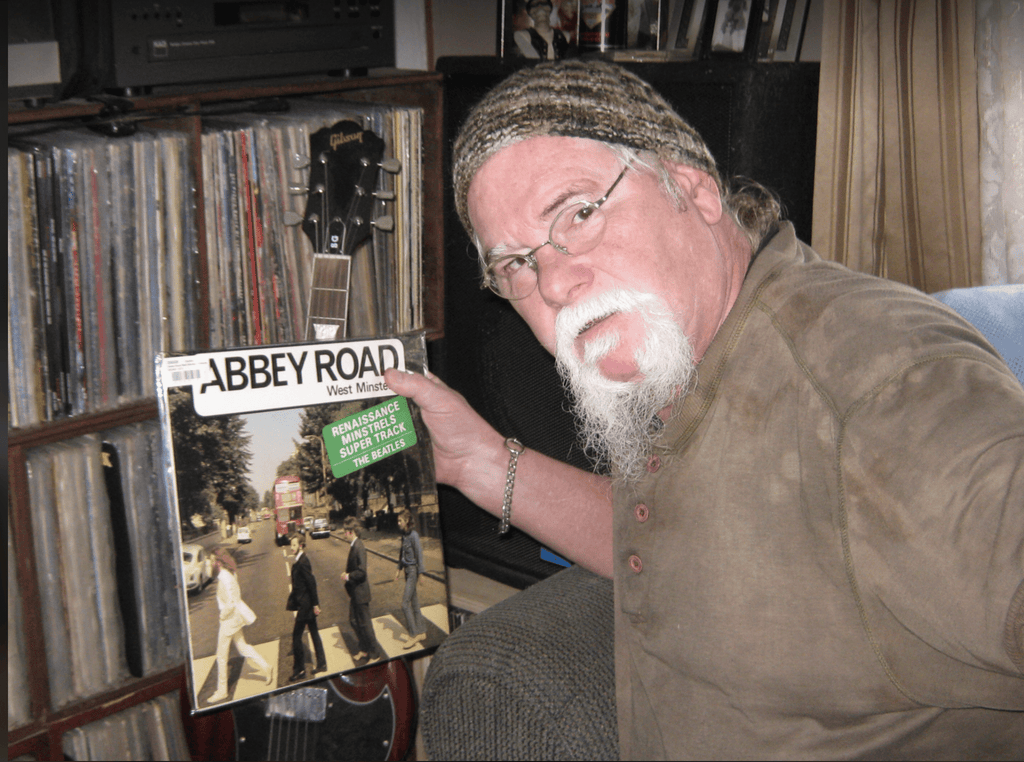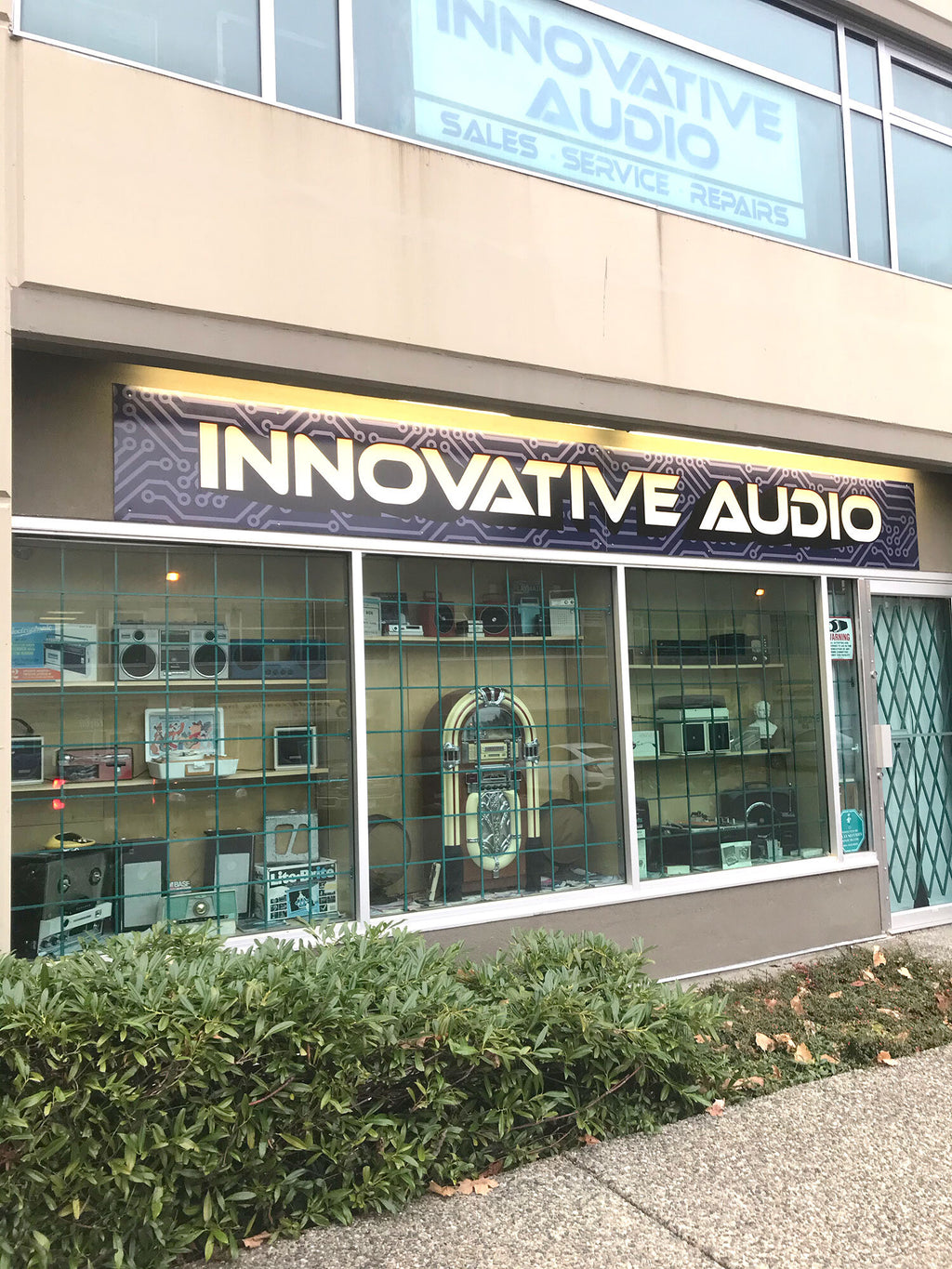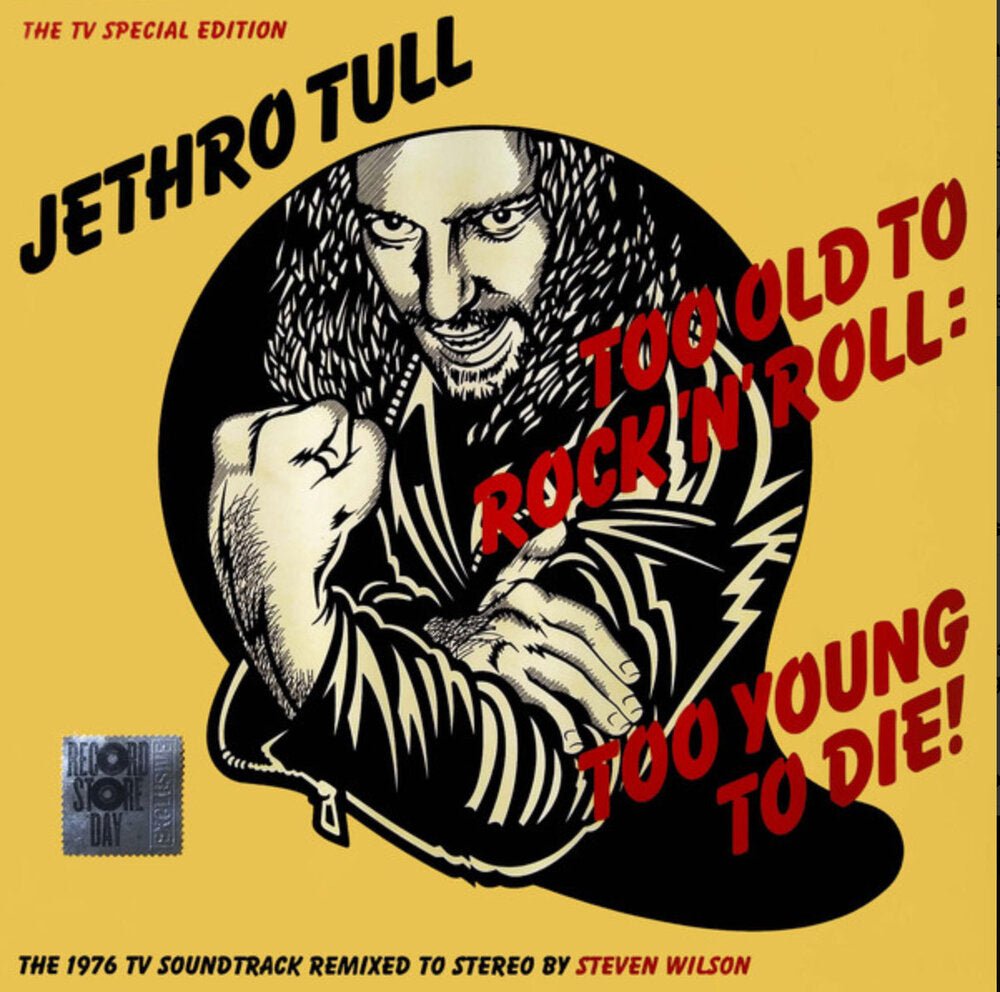
How Does Vinyl Pursuit Grade Vinyl Records?
Discover the Difference between VG+ and NM
What makes a vinyl record good? What makes the condition of an album great? There are many blogs and forums dedicated to the subject and we encourage you to read them… After-all, knowledge is power! We take a classic approach to grading vintage vinyl, for both my personal collection and pieces available in Vinyl Pursuit's Rock Shop. Our goal is to collect or offer records that fall anywhere from M to VG+ (and maybe VG if the title is unusual or very hard to get).. To learn the specifics of NM vs VG+ and more, please read on!
Grading is Like an Art and a Science
Grading a record is often not as easy as it sounds. While lights scuffs are often encountered on vintage records, they are often not audible on playback. And, the flaws you do hear can depend on the turntable, and even the sensitivity of the stylus being used. Simply put, some setups are more forgiving than others. As well a professional record cleaning can make a huge difference and even move your record a grade forward, and most importantly, improve your enjoyment of the record.

At first glance, this Machine Head album by Deep Purple (Australian pressing.) looks awesome. The cover looks very promising. Shiny and clean.
How a Grade Affects Value
The thing to keep in mind about vintage vinyl records is that there are literally no more of them. A finite number exists. Re-presses of albums come and go, but only as long as the masters stay viable. Accidents, theft, flood and fires happen. That means that when you find a Mint or Near Mint version of a record you love, you’ll notice that it usually costs considerably more than the kinda trashed version. As well, finding original heavy metal in great shape can be very challenging, or even albums people loved to play…endlessly. For instance, Bon Jovi’s Slippery When Wet is actually a bit tricky to find in good shape because people played it ... A lot. So, while a Mint/Rare version of a record might be worth $80-$100, its VG or G counterpart might be worth $15.

A Note About Vinyl Pursuit’s Own Grading System
While we adhere closely to the Goldmine standard, we also employ +/- to indicate the subties needed to better describe the condition of an album. For instance, the vinyl may be in excellent condition, but the cover may have light ring wear, but otherwise very good. In this case, we may use NM- to note that the cover has a ring mark.
Mint (M)
This means the records, it’s cover and any inserts are absolutely perfect in every way. Certainly has never been played, possibly even still sealed. This grade should be used very sparingly, if ever. Trie perfection is an extremely rare state of being. Even new vinyl, right out of the sleeve can have a variety defects, dents and scuffs (often referred to as “shelf wear.”)
Near Mint (NM or M-)
A nearly perfect record. A NM or M- record has more than likely hardly or never been played, and the vinyl will play perfectly, with no imperfections during playback. The record should show no obvious signs of wear. A 45 RPM or EP sleeve should have no more than the most minor defects, such as any sign of slight handling. The cover should have no creases, folds, seam splits, cut-out holes, or other noticeable similar defects. The same would be true of any other inserts, such as posters, lyric sleeves, etc that may be part of the alum.

Scuffs on an album may or maybe audible, depending on the audio equipment used.
Very Good Plus (VG+)
A Very Good Plus record will show some signs that it was played and otherwise handled by a previous owner who took good care of it. Defects should be more of a cosmetic nature, not affecting the actual playback as a whole. Record surfaces may show some signs of wear and may have slight scuffs or very light scratches that don't affect one's listening experiences. Slight warps that do not affect the sound are "OK". The label may have some ring wear or discoloration, but it should be barely noticeable. Spindle marks may be present. Picture sleeves and inner sleeves will have some slight wear, slightly turned-up corners, or a slight seam split. An LP cover may have slight signs of wear, and may be marred by a cut-out hole, indentation, or cut corner.
Very Good (VG)
Many of the defects found in a VG+ record will be more pronounced in a VG disc. Surface noise will be evident upon playing, especially in soft passages and during a song's intro and fade, but will not overpower the music otherwise. Groove wear will start to be noticeable, as with light scratches (deep enough to feel with a fingernail) that will affect the sound. Labels may be marred by writing, or have tape or stickers (or their residue) attached. The same will be true of picture sleeves or LP covers. However, it will not have all of these problems at the same time. Goldmine price guides with more than one price will list Very Good as the lowest price.
Good (G), Good Plus (G+)
A record in Good or Good Plus condition can be played through without skipping. But it will have significant surface noise, scratches, and visible groove wear. A cover or sleeve will have seam splits, especially at the bottom or on the spine. Tape, writing, ring wear, or other defects will be present. While the record will be playable without skipping, noticeable surface noise and "ticks" will almost certainly accompany the playback.

Poor (P) or Fair (F):
These records are a mess. The record is cracked, badly warped, and won't play through without skipping or repeating. The picture sleeve is water damaged, split on all three seams and heavily marred by wear and writing. The LP cover barely keeps the LP inside it. Inner sleeves are fully split, crinkled, and written upon. Records in this condition are not typically considered saleable. Also known as “frisbees.”
Generic:
This typically refers to a record sleeve as in it is only “generic.” The sleeve is easily replaceable and may not have the original artwork, etc. Some promo albums and/or EPs have nearly generic sleeves, but these sleeves, typically white or black were actually sold with the record and not replaced at a later date. Any album sold with a truly generic sleeve is clearly noted in the Rock Shop.

While a run through the Audio Desk Systeme helps, physical flaws aren't going anywhere!
In Conclusion
For me, condition and providence are very important. While cleaning and restoration using the Audio Desk Pro Systeme certainly helped, it’s just not possible to alter the physical flaws of this record using this process. So while this original copy of Deep Purple’s Machine Head has a beautiful cover, the record has a noticeable crackle throughout. No skips, but not what I’m looking for. Now, there are many enthusiasts that feel that the crackle of old vinyl should be part of the experience. Well, if so, we’ve got an original Deep Purple - Australian pressing waiting just for you!


 CAD
CAD USD
USD
 GBP
GBP
 EUR
EUR
 AUD
AUD

